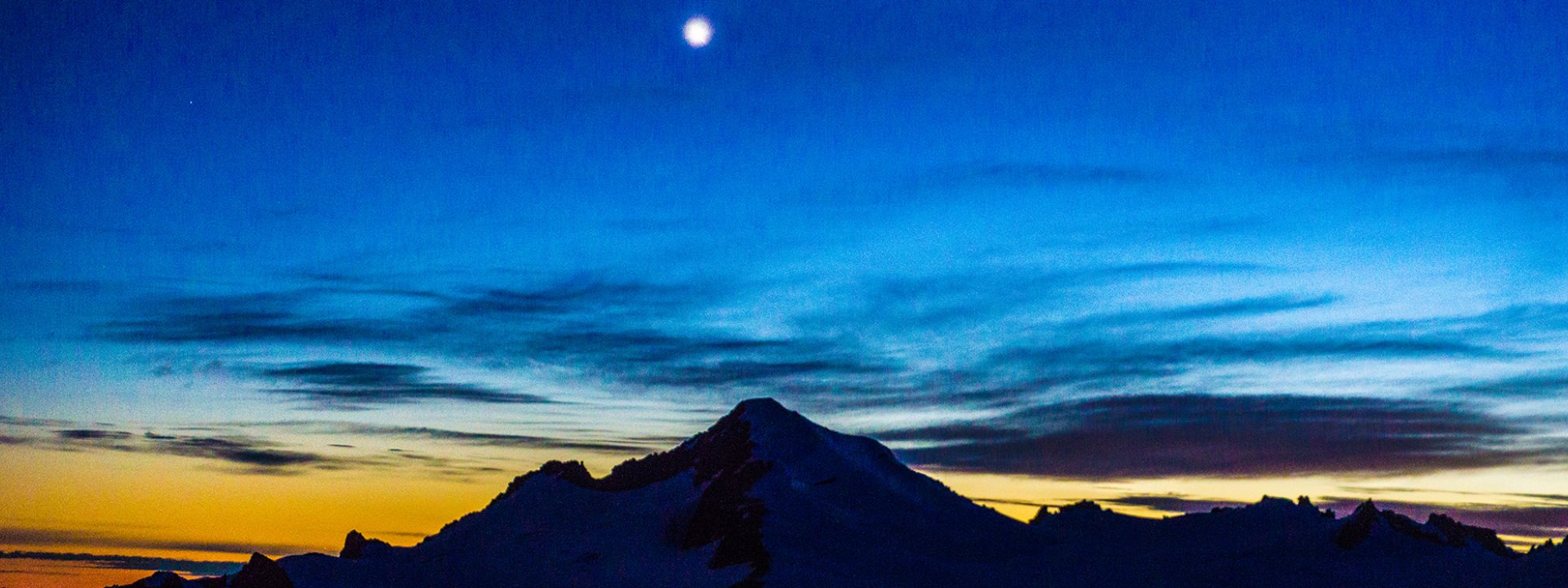I guess a more appropriate title for this post would be "The Death of the Avalanche Danger Rating (for educated backcountry travelers)". For years, as a guide, I've struggled with the difficulty of having to classify a particular avalanche problem or problems as being Low, Moderate, Considerable, High or Extreme. To me, it always felt like a very blunt tool to describe a very complex situation.
Every day at the morning guides' meeting we spend a considerable amount of time going over the current weather, the previous days avalanche and snowpack observations and then we have a thorough (and sometimes heated) discussion of what we expect avalanche conditions are in the mountains that day. After all of the conversations are finished, including defining each avalanche problem (character, distribution, size and likelihood of triggering) we then often struggle to put that particular day's hazard into one of the five categories on the Danger Scale.
It shouldn't be that hard. At this point in the meeting we had all agreed on what the problem(s) were - wind slab, storm slab, wet slab, loose, persistent.... We had all agreed on how likely it was that we would trigger those avalanches, where we would find them in the terrain, and how large we expected them to be. With all of that agreement, why were we having difficulty making a decision on what the danger rating for the day should be?
I think the main difficulty comes from the complexity of the avalanche phenomena. Some days the snowpack is very unstable but the size of the avalanches are small and the unstable snow is confined to very defined features. The next day you could have the exact same unstable snowpack with the same avalanche size but the instability is spread over a larger area. How would you rate those two problems - moderate? considerable? What if you had a deep persistent slab you were dealing with that was 5 feet deep, where the likelihood of triggering that deep slab was low but the consequences were very high? No mater what the danger rating was for those three problems you would treat each one of them differently, even if the danger rating was the same.
I'm not binging up these points to highlight how difficult my job is. I'm brining them up to show educated backcountry users how vague the danger rating is. It does not do a good job of defining the problem. A Considerable day where the avalanche problem is small storm slabs that are easily triggered is very different from a Considerable day when you are dealing with persistent slabs that are difficult to trigger but the resulting avalanche would be very large.
As humans we tend to be creatures of habit. We like to use "rules of thumb" to deal with issues like this. Often times I hear people say "in moderate danger I like to ski in this area" or "in considerable danger I wouldn't ski that slope". As educated backcountry travelers I challenge you to take it a step further. Go beyond the danger rating at look at the avalanche problem(s).
Most avalanche centers in the United States and Canada have gone to a three tiered system of describing the avalanche hazard to the public. The first tier is the Danger Rating. This is meant to reach the novice backcountry user. The next tier defines the avalanche problem or concern - character (wind, storm, persistent, etc..), distribution (aspect, elevation), likelihood of triggering and size. This is where you find out where the avalanches are likely to be triggered, how sensitive they are and how destructive they will be if triggered. This information is the bare minimum if you are an educated (taken at least a level one avalanche course) and plan on recreating in avalanche terrain.
The third tier takes it a step further and expands on the avalanche problem - how it was formed, recent avalanches on that layer, additional travel advice, etc... This is super valuable information for backcountry users but if you only get to the second tier you have already gone well beyond just looking at the danger rating for the day.
Next time you head into the backcountry I recommend you move quickly through the tier one information (danger rating) and get to the meat of the problem. The better you understand the problem the better you can deal with the problem (How does that saying go? The first step to fixing a problem is admitting you have one.....) Good luck out there and remember to live to ski another day. The longer you live the more powder days you'll have.
Category









